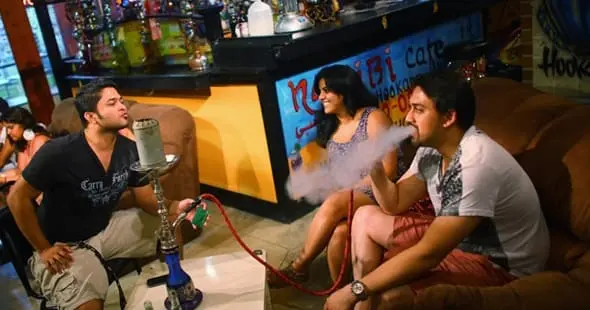Have you ever sat down with friends to enjoy a relaxing hookah session and found yourself wondering how those delicious, aromatic flavors are created? From classic fruit flavors like strawberry and blueberry to more exotic options like coconut and mango, hookah tobacco offers a wide range of taste experiences for smokers. But have you ever stopped to consider the process behind the creation of these flavors? How are these distinct and mouth-watering tastes crafted?
In this article, we will delve into the details of how best hookah flavors are made, exploring the various ingredients and techniques used to create these tasty tobacco blends. From the selection of different types of tobacco to the careful mixing of natural and artificial flavorings, we will take a closer look at the science and artistry behind the creation of hookah flavors.
Process Of Making Hookah Flavors

First, it’s important to understand that hookah tobacco, also known as shisha, is a blend of tobacco, fruit pulp or molasses, and natural or artificial flavorings. The tobacco used in hookah is often a blend of different types of tobacco, such as burley, Virginia, and oriental, which are mixed together and then soaked in a sweet, syrupy mixture of fruit pulp or molasses. This gives hookah tobacco its characteristic moistness and sweetness.
Once the tobacco and fruit pulp or molasses have been mixed together, flavorings are added to create the desired taste. These flavorings can be either natural or artificial and are often used in combination to create complex and nuanced flavors.
- Also Read: Are Hookah Bars Legal In India?
What Are Natural Hookah Flavours?
Natural flavorings are derived from a variety of sources, including fruits, herbs, spices, and even vegetables. For example, strawberry hookah tobacco might be made by mixing the strawberry pulp with the tobacco and molasses mixture, while mint hookah tobacco might be made with a blend of mint leaves and artificial mint flavorings.
What Are Artificial Hookah Flavours?
Artificial flavorings, on the other hand, are created in a laboratory using chemical compounds. These flavorings are often used to replicate the taste of natural ingredients or to create entirely new and unique flavors. For example, an artificial watermelon flavor might be created using a combination of chemical compounds that mimic the taste of watermelon.
Once the tobacco, fruit pulp or molasses, and flavorings have been combined, the mixture is left to cure for a period of time, during which the flavors have a chance to fully develop and blend together. This curing process can take anywhere from a few days to several weeks, depending on the specific recipe and desired flavor profile.
After the curing process is complete, the hookah tobacco is ready to be packaged and sold. It is usually sold in small, sealed containers, which help to keep the tobacco moist and preserve the flavor.
So there you have it – that’s how hookah flavors are made! From the blending of different types of tobacco to the careful selection and mixing of natural and artificial flavorings, there is a lot of science and artistry that goes into creating the wide range of hookah flavors available on the market today.
Santosh Kumar is a Professional SEO and Blogger, With the help of this blog he is trying to share top 10 lists, facts, entertainment news from India and all around the world.
